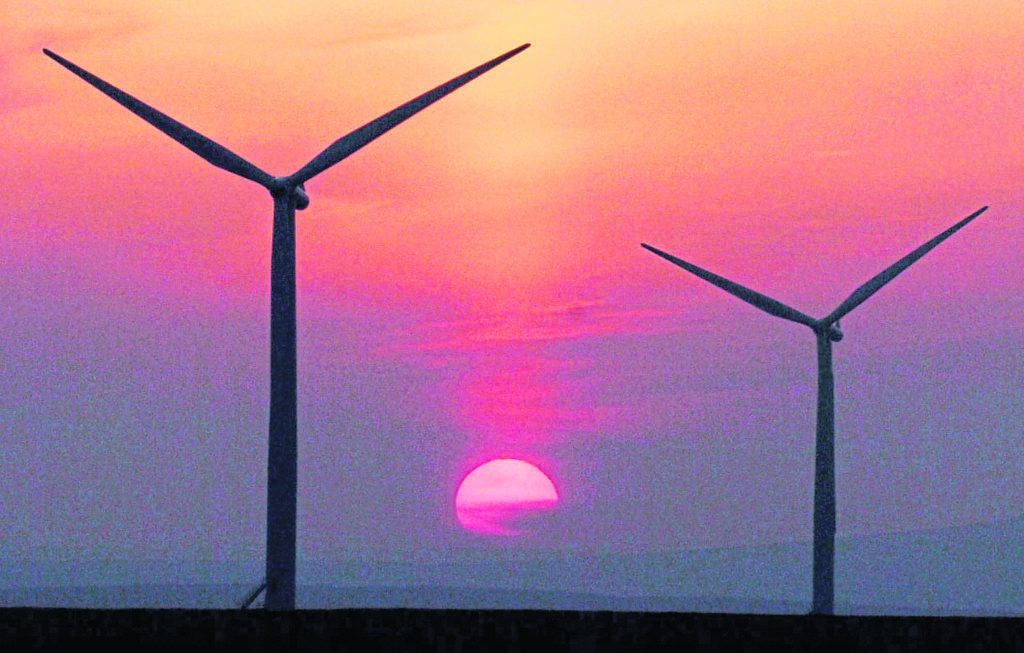
Europe will likely need more coal and natural gas this month as the region is spared the usual autumn storms.
A high pressure weather system is likely to reroute and block stormy weather that normally travels in easterly paths across northern Europe to boost the output from thousands of wind mills. That will leave the region relying on alternative power sources at a time when benchmark prices in Germany are already near a seven-year high.
“The storm track is usually over the U.K., north Germany and Scandinavia,” said Giacomo Masato, an analyst and meteorologist at Marex Spectron in London. “The high pressure moves away the storms and strongest winds from these areas. It could end being windless and warmer.”
Waning wind means power producers in Germany and the U.K. will need to fire up more of their their coal and gas plants to cover, potentially hampering the refill of gas storage sites before the coldest winter weather from December through February. Imports from the Nordic region to the rest of Europe will also be limited by low wind and the lowest hydro reservoir levels since 2010 after a dry summer.
With last month on track to be confirmed as the warmest September on record, the outlook for October is more mixed. Half of the six meteorologists surveyed by Bloomberg News expect cooler weather and the remainder forecast near normal to slightly above-average temperatures. The same conditions that are set to block windy weather in northern Europe could also stabilize temperatures, according to Peter Hocking, a meteorologist at Ubimet GmbH in Wein, Germany.
“There is a 70 percent chance of October being colder than average due to the presence of a stationary high-pressure system over western Europe pushing cold air over the continent,” Hocking said. “The jet stream, or winds very high up in the atmosphere, will split into two pathways over Europe, which will result in large-scale weather systems such as high-pressure systems moving very little.”
Recommended for you
